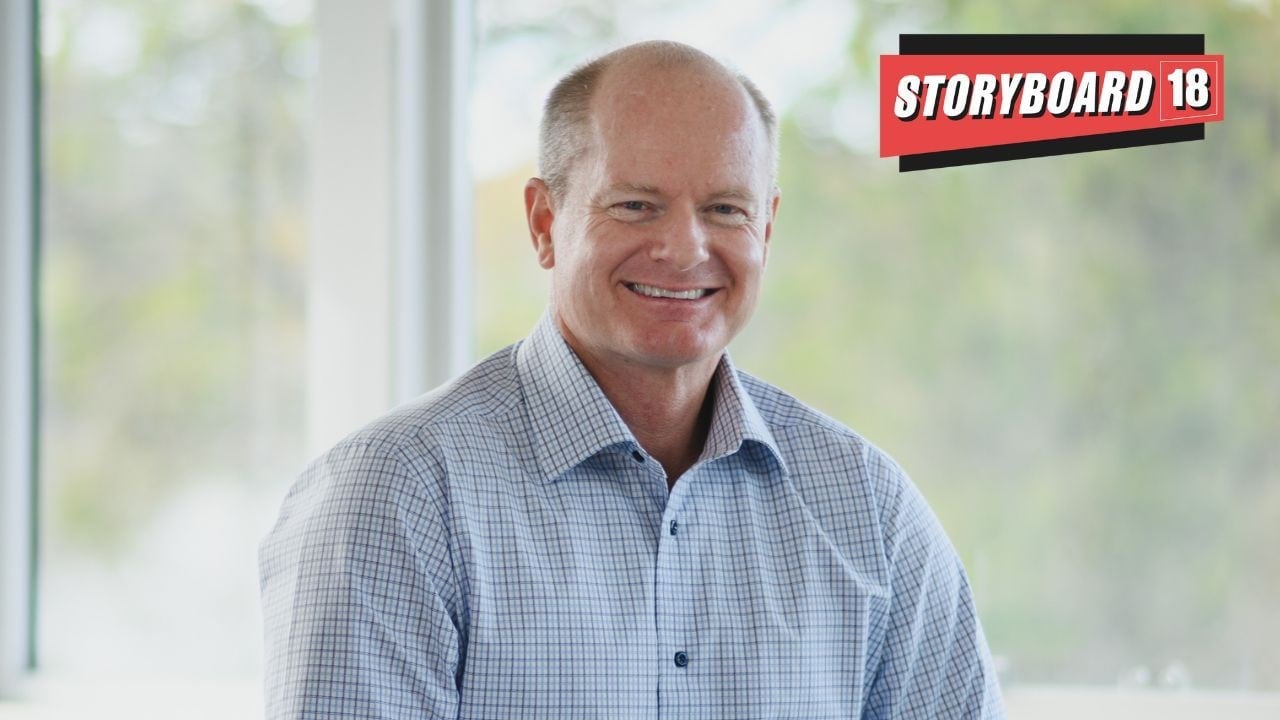Duncan Egan leads marketing for Adobe’s Digital Experience (DX) enterprise and commercial business in Asia Pacific and Japan. He is responsible for overseeing all regional marketing activities spanning strategic planning, demand generation, digital marketing, communications, PR and thought leadership. Prior to joining Adobe, Egan led the marketing growth for ServiceNow across APJ and helped the business achieve double-digit growth for seven consecutive years. Before that, he was based in Silicon Valley, where he held marketing leadership positions with Oracle, Taleo, and TIBCO Software. He loves technology and his colleagues call him “an unashamed early adopter”. At the Adobe Summit 2023, Duncan discussed at length about Gen AI, why marketers are still heavily relying on third-party cookies, and more.
Excerpts.
Your team calls you an unashamed early adopter of technology. What makes you one?
I grew up in the Silicon Valley. I was around tech-innovation all the time. Coincidentally I went to school with Adobe’s founder John Warnock’s son. When John launched Adobe 1982, we did know he is up to something interesting. It is only in my teens I got thrilled with that fact that I knew the founder of this revolutionising tech company.
Growing up in the Silicon Valley inspired me in many ways. Fun facts. I taught myself code HTML. I love reading manuals. I enjoy understanding the technicalities of appliances. Even though I never wanted to pursue a career in coding or development, I taught myself just to get into the depths of the matter. That has immensely help me in my career. As marketers, rightly so, we are very focused on drawing pipelines and designing solutions on customer centricity. I think, as marketing leads, we have a lot to learn and help our teams become more productive and that will help them stand out from the crowd. That’s why I enjoy discovering things.
So what have you discovered recently that has fascinated you?
When ChatGPT came into the market, my wife who is a copywriter and I jammed together on the app. My first question was, “tell me all about the French Revolution.” I was helping my daughter with history lesson then. My wife was taken aback with the results and like many others in the business wondered if this will replace writers and marketers. The truth is that no application will take away jobs. Our positioning with FireFly, the recently launched creative generative AI models from Adobe, is that of a co-pilot. It will only build efficiency.
What makes Gen AI exciting from your perspective? Does it not make you nervous as a marketer?
Everyone reacts to revolutionary products and solutions. It’s natural. However, I simply think this will only enhance productivity in companies. Adobe is a legacy company and a very thoughtful customer-centric company. The tech-space and brands in it will find the right fit and no one is going to slash down their marketing teams. That’s not how this will pan out.
Seventy five percent of marketers still rely heavily on third-party cookies. Is that concerning? Why are marketers reluctant to invest in first party data?
Last year, the conversation on the impact of the cookieless world on businesses was at its peak. Google then pushed its deadline to go cookieless. Until there is a real deadline, marketers will not get serious. That’s the reality. They should buckle up but many are still waiting and watching. Marketers will either scramble or be on customer data platforms like ours that will give them a robust outlook towards building first-data strategy. The sooner marketers start taking this seriously, the better they understand what works and doesn’t work for them.
Your thoughts on India as a market?
It’s a growth opportunistic market. For marketers the tech-knowledge there and the market dynamics, is fascinating to me. The size and scale of the market is thrilling for many in global markets. The India team keeps solid relationships with partners and customers. It’s different. They teach a lot to the rest of the world about customer management.
How do you think CEOs and CMOs can collaborate for business growth?
It is critical to drive the outcome that both functions are looking at to achieve. I also think when a CEO and CMO are in sync, learning from mistakes is much more an easy process. I am a fan of learning from failures. It is important to pause and revaluate things, especially when things are tough. I would rather do less than take up unrealistic tasks and goals. In a CEO and CMO partnership, the ability to think holistically increases. Both keep each other in check and things are in balance.
(The writer is in Las Vegas to attend Adobe Summit at the invitation of the company.)
